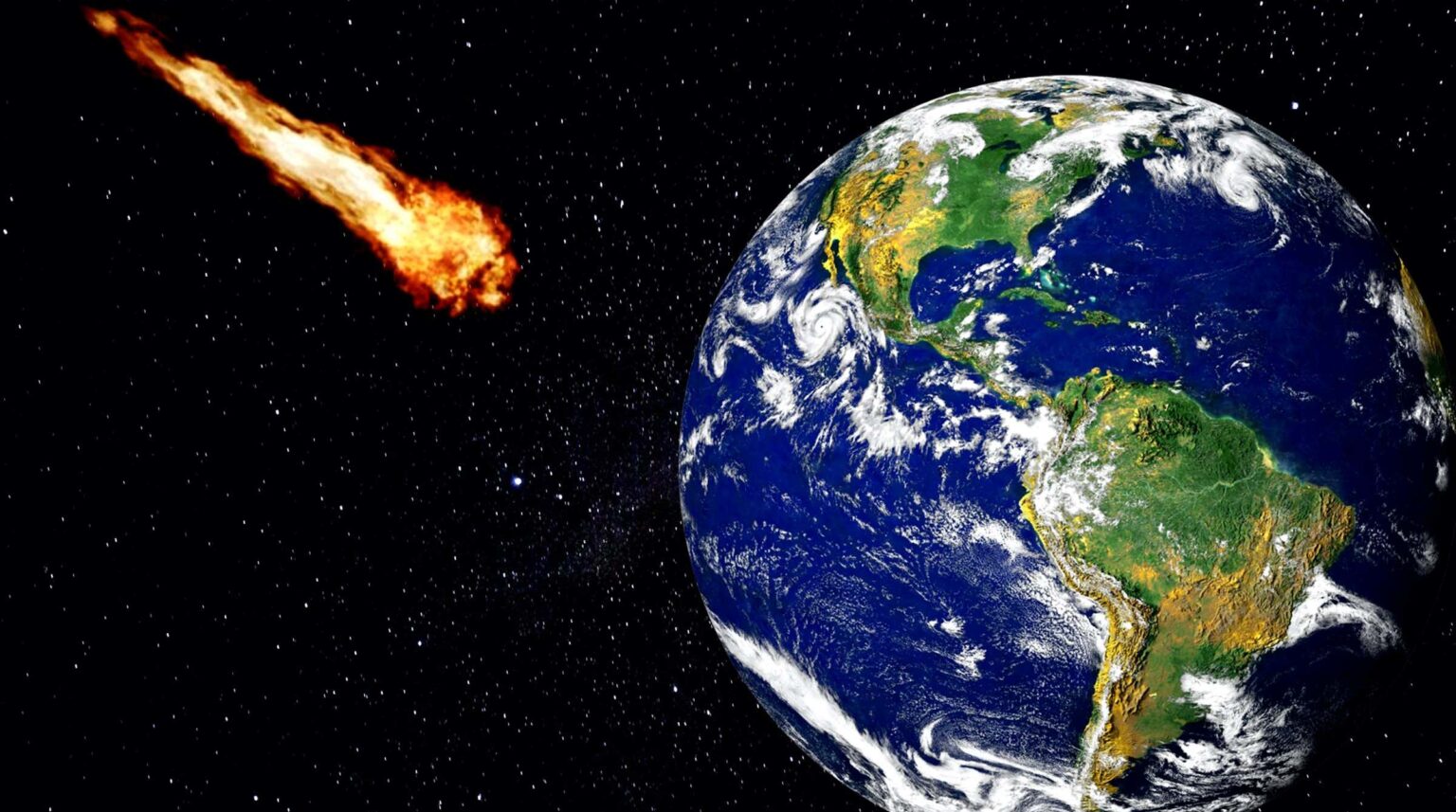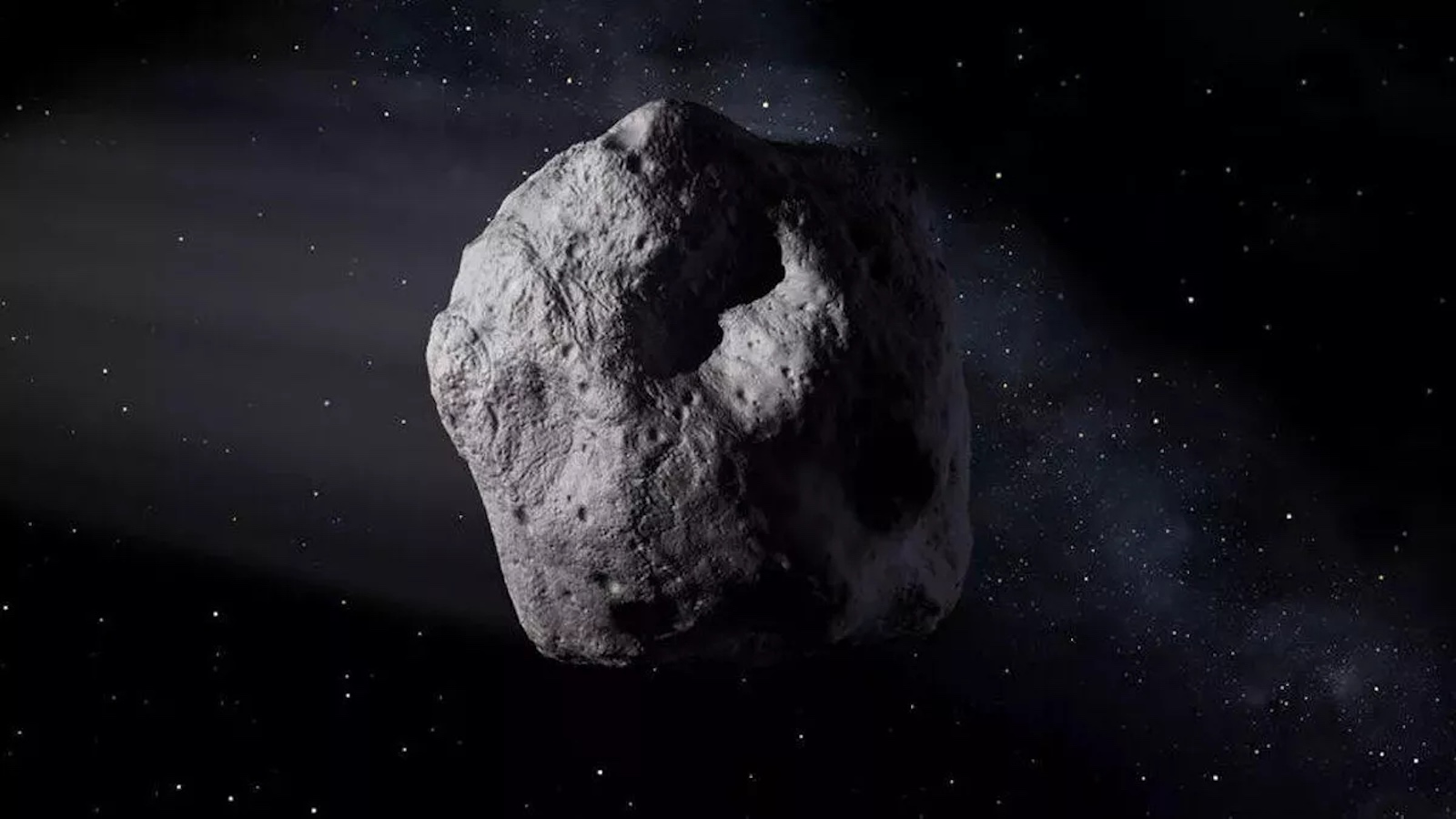
News from NASA: A terrifying space rock is headed for Earth
Asteroids from Outer Space! Near Extinction–Level Event Imminent . . . okay, maybe not. However, NASA did discover two asteroids on a near-Earth approach last week, and the latest news is another is on the way – soon!

Close calls
The news from NASA is 2020 RH6 is the first of the pair of asteroids to make what is technically known as a “close approach”. The asteroid came within 0.03174 Astronomical Units (AU) or 2,950,417 miles of our planet. Although this may appear to be a huge distance, at first glance, this is actually relatively close in the infinite scale of space.
NASA’s Near-Earth Objects (NEO) Earth Close Approach site also estimates asteroid 2020 RH6 is barrelling through space at eight points thirty–two kilometers per second or 18,611 miles per hour. News on the space-traveling rock says it may be up to 200 feet or sixty meters in size, which is big enough to cause significant damage were it to slam into a city.
According to NASA, the second space rock is set to make an even closer approach than RH6. At its closest, asteroid 2020 RQ3 is going to get approximately twice as close as its predecessor – 0.01586 AU or 1,474,279 miles. The asteroid is 147 feet or fifty–four meters in diameter and hurtling through space at far faster speeds – twenty–five point forty–two kilometers per second, or 56,862 miles per hour.

Eyes peeled
Astronomers at NASA are currently keeping an eye on approximately 2,000 asteroids, comets, and other objects in Earth’s cosmic neighborhood. NEO describes “comets & asteroids that have been nudged by the gravitational attraction of nearby planets into orbits that allow them to enter the Earth’s neighborhood,” NASA said in a news statement.
Although our planet has not witnessed an asteroid of apocalyptic proportions since the one that destroyed the dinosaurs, news is NASA and other astronomers now recognize the need to keep a careful watch out for them. Despite the overwhelming majority of asteroids burning up in Earth’s atmosphere, exceptional circumstances can see rogue space rocks causing problems.
The most recent of these events was the Chelyabinsk meteor – a so-called super–bolide, a fireball reaching an apparent magnitude of –14 or brighter, that made news by entering Earth’s atmosphere over Russia in 2013. It exploded above ground, but still damaged around 7,200 buildings and injured more than 1,000 locals. As a result, NASA and other space agencies take planetary defense seriously.

NEO news
Last week, astronomers from the Mount Lemmon Survey in Arizona made news when they detected an asteroid that was previously overlooked. The asteroid is now referred to by MLS as 2020 SW, and is predicted to approach Earth from a very close distance by Thursday, September 24, 2020.
SW is estimated to measure ten meters in diameter, and is currently traveling through space at a speed of seven point seven kilometers per second, or 17224.41 miles per hour. This would be three times slower than the average speed of an asteroid, even if it’s extremely fast in human terms. News is its close brush with Earth will, however, change its trajectory.
On Earth’s approach, it will get as close as point zero seven times the distance between the Earth and the Moon. At that distance, astronomers classified it as an NEO. “On September 24, 2020, the near-Earth asteroid 2020 SW will have an extremely close but safe encounter with us, coming at about 27,000 kilometers from the Earth, seven percent of the average lunar distance,” said the Virtual Telescope Project.

DART defense
NASA classifies anything over 140 meters (about 459 feet) wide that passes within five million miles of Earth as a potentially hazardous asteroid. “Five million miles comes from how much orbits can change over time, and a little bit of a margin put on it, of course, to be sure that we capture anything that might be a potential impact hazard in the future,” reported Lindley Johnson, NASA’s planetary defense officer.
NASA scientists have created the Double Asteroid Redirection Test (DART) mission, scheduled for next year, to help redirect any potentially dangerous asteroids heading straight to us. It’s promising news for stopping a killer asteroid – hit it while it’s still far enough away to alter its course.
DART will slam a spacecraft into the smaller of two asteroids orbiting each other. Any change in the smaller object’s orbit will be easy to measure from Earth and will provide a good indicator of whether it has been successfully deflected.



